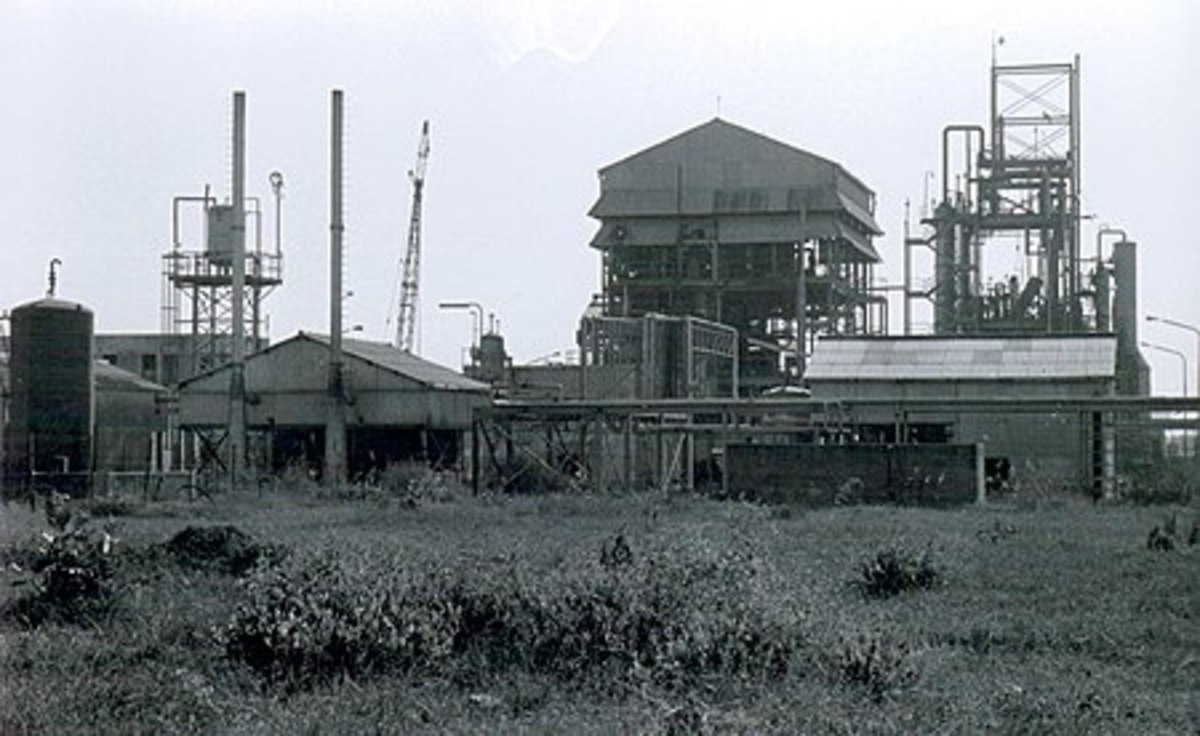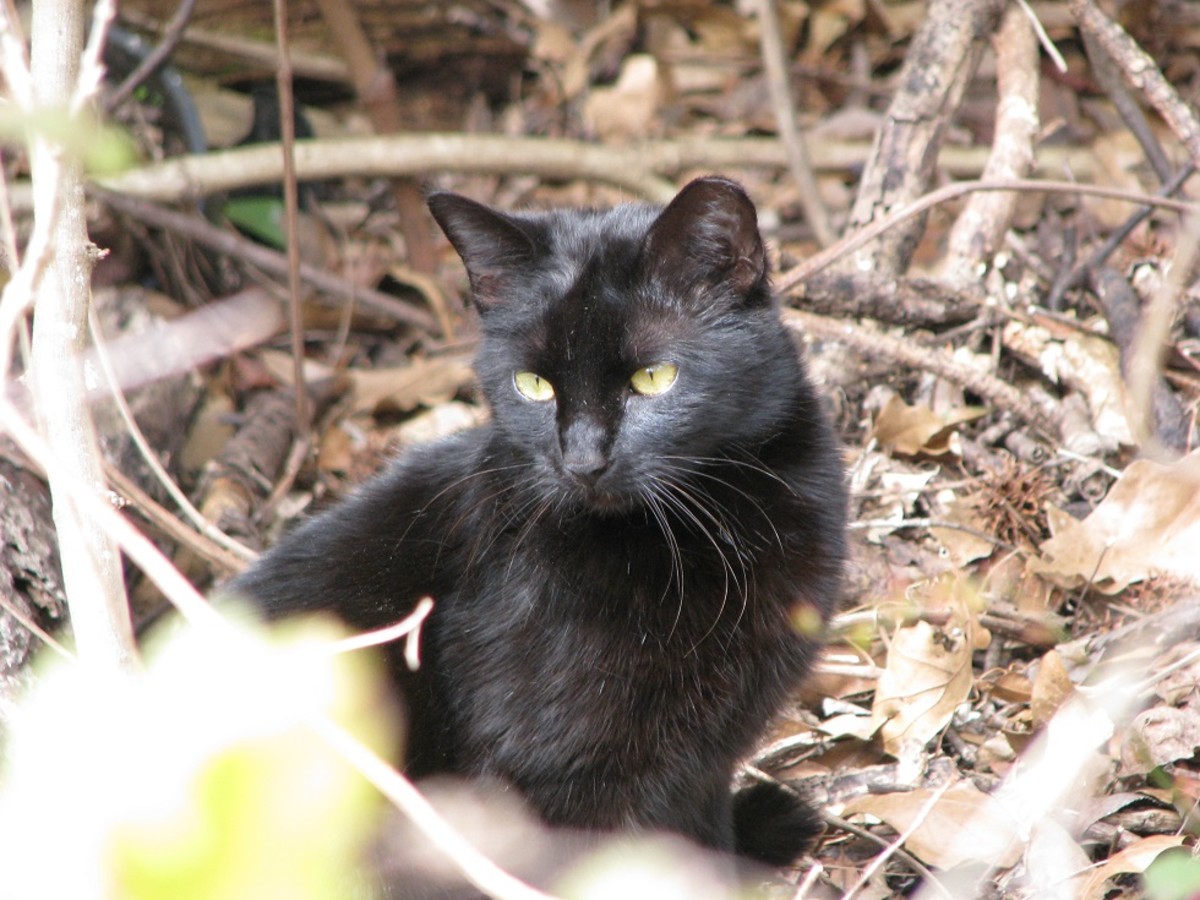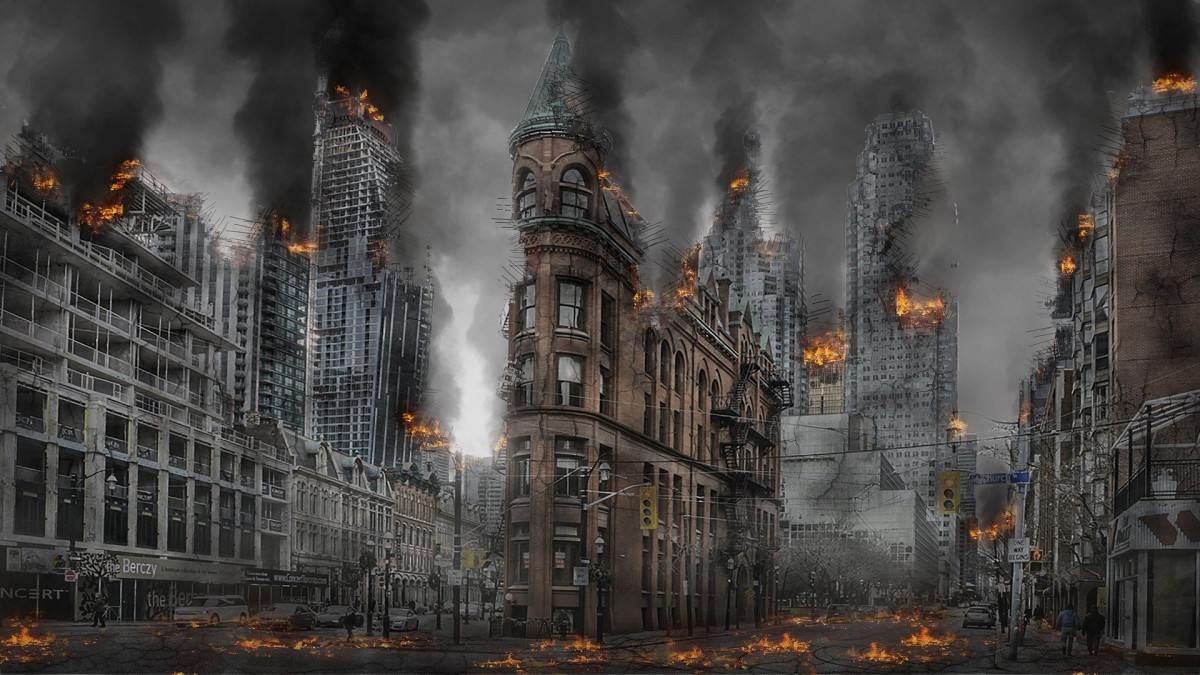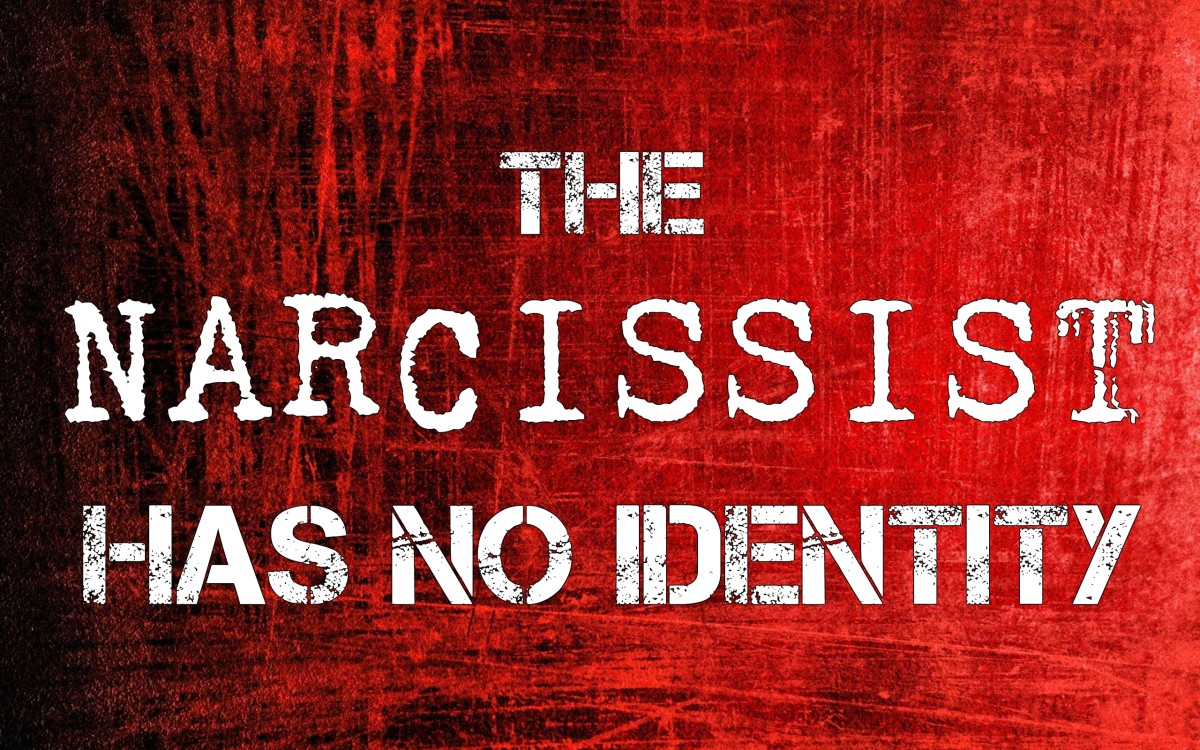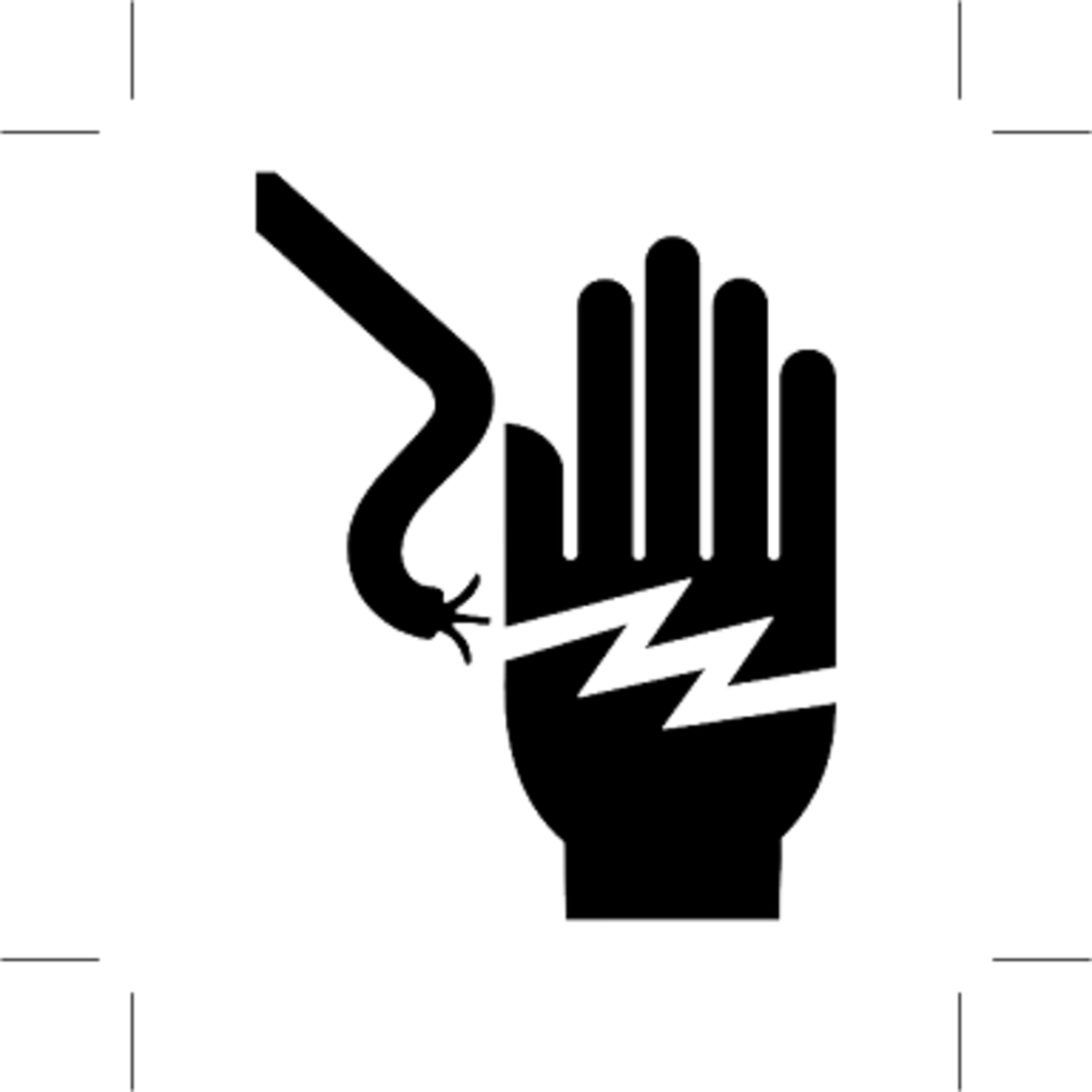Health Promotion in the Aftermath of a Disaster
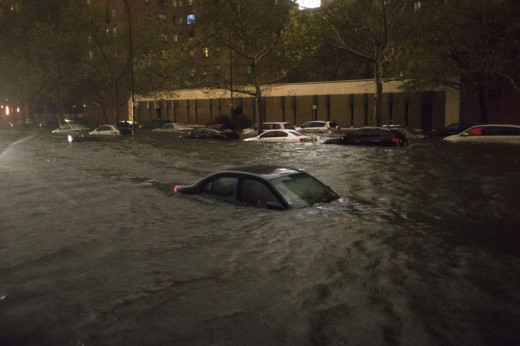
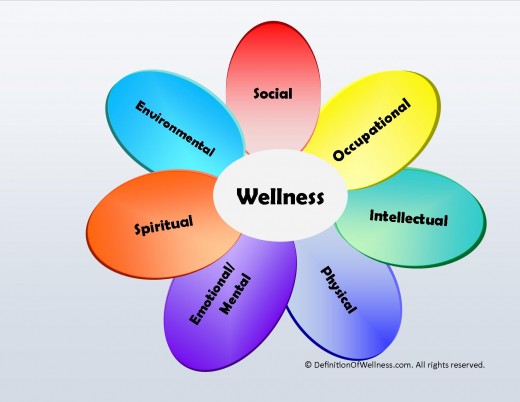
What is Wellness?
With the rise in global warming, there has been an increase in natural disasters around the world. While one may believe material aid relief and recovery are natural steps in the aftermath of a disaster, many overlook the ever-more important aspect of recovery; that is the health and wellness of an individual. The media often stress “life going back to normalcy” and run sensational news stories from the disaster to increase viewership. They fail as well to highlight the importance of well-being after a tragedy. This report looks at various international health promotion methods used in the preparation and aftermath of an disaster. Some are unconventional, some new strategies address overlooked aspects of health, and some look at lessons learned from disasters but all of them are designed to help individuals face their circumstances with fortitude and hope.
One Example of Health Promotion
Stories from 9/11, Hurricane Katrina, and Hurricane Sandy
The first article I want to talk about is “Healing and Hope in the Midst of Devastation: reflections on Katrina in the Aftermath of September 11.” It is written by three doctors from School of Medicine, Tulane University where they wrote about tragedies from the School of Medicine and 9/11 and methods they developed from those tragedies and how they used them in the aftermath of Hurricane Katrina. Mental wellness through spiritual healing they believed was one effective way of dealing with disasters in which the victim has no control over nature or the circumstances of the tragedy like 9/11. To highlight their point they talked about how post 9/11 they brought together their large community which included members who lost friends and loved ones in the twin towers and had them write prayers, comments, and thoughts on slips of paper. This was an effective method because it helped to release the inner anguish, held up frustration, and pain and release it into some form through writing. The contents of the slips were never viewed and it provided a safe outlet, a non-judgmental way of expression. On the following year Sept. 11, 2002 these slips were buried in a garden during a ceremony with all members who wrote their thoughts. It helped to bring closure and heal those affected by the tragedy and move on. Following Hurricane Katrina, spiritual healing came through another way. A simple ceremony couldn’t bandage up wounds that are still being felt to this day, the doctors from Tulane believe seeing people from other parts of the country come as well as the faith communities that were still persistently aiding was a great form of healing. It reassured people that someone cared for them, and whether they believed in a God or not, they were happy to see faith communities take care of them. This brings about greater spiritual healing and mental wellness. It seems this is one of the most effective ways of recovery. Evidently in places where such methods were not used, people rationalized their suffering because of social class and race and it led to accusations of unfair aid, racism, and inequality. This same pattern was repeated following Hurricane Sandy where places like Red Hook, Brooklyn where faith communities came together to bring about healing in communities, while elsewhere people rationalized their situation because of their color, race, gender and income. While they may be a factor, much of the pain comes from a lack of mental wellbeing, support and healing.
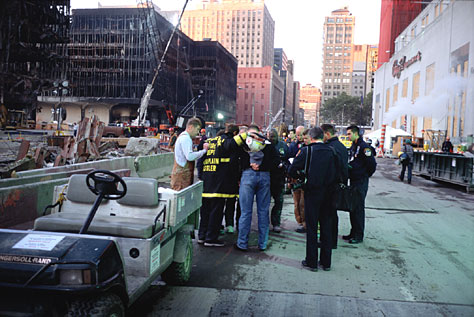
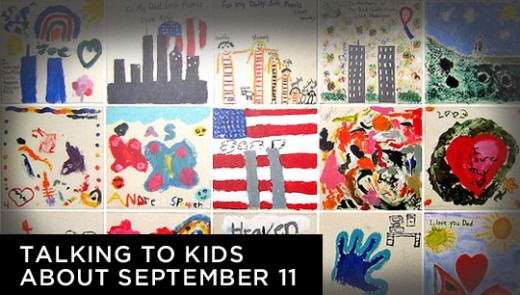
Healing Children - in the Aftermath of a Disaster
In the second article, “Caring for Children and adolescents in the aftermath of natural disasters”, Myron Belfar makes the case there needs to be increased attention to dealing with children in the aftermath of disasters. One the reasons is because children are not as vocal as parents and their psychosocial development in addition to their natural development following a disaster. Myron cited the lack of trained psychiatrists, psychologists or other trained mental health professionals post-disaster areas internationally as a glaring reason for why developing nations continue to suffer for many years after a disaster. The article pushes for an international disaster management structure and psychological support structures to take into account cultural appropriate programs that do not stigmatize but encourages communication. Additionally in the aftermath of a disaster, instead of a NGO (non-governmental organization) coming in to educate children, there should be vocational schools that utilize children’s inquisitive nature to develop skills so that children can have a possibility of employment in their future. It also prevents idleness and possibility of substance abuse and criminality. Another important case the article makes is that media needs to be controlled. Post 9/11, post Katrina, and post Sandy, media repeatedly exposed the traumatic aspects of the events without the support offered to those closer to the disaster. What happened was post 9/11 children farther away from ground zero expressed pathological concerns. As a result the article mentioned the development of a ‘code of conduct’ for the media in regard to the reporting of disasters that could be used at the country level to reduce the exposure of children to repetition of traumatic events is a useful intervention. This is a public health concern that politicians need to consider and put pressure on media to change through legislation.
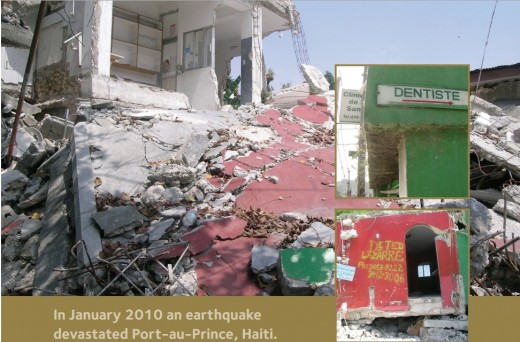
Oral Health Component
The third article “Integrating oral health into Haiti's National Health Plan” looked at critical part of Health Promotion that was a necessity following Haiti’s 2010 earthquake. Oral health is an important because by taking care of the mouth one can prevent tooth loss, gum disease, underbites, overbites, crossbites, open bites, deep bites, crooked teeth, and various other misalignments of the teeth and jaws. This is especially important when disaster recovery is prolonged and basic cleaning of teeth like flossing may be overlooked and dental checkups are not done. The government of Haiti had to bring in international coalition of dentist schools, and equipments and through them create sustainable programs for neglected segments of the population. Secondly they understood that there was a low ratio of dentists to the rest of the population so they integrated oral health into the health system by additionally training nondental professionals and training nurses, health agents, teachers and community leaders in the immediate treatments like simple caries, and gingivitis. The method of action here is very important, they took a scarce skill like dentistry and distributed the basic level of dentistry to the responsible leaders. In Haiti this led to a successful revitalization of the health program at the local and national level.
Isolated and Immigrant Communities in the Aftermath of Disaster
The next article is “Disaster preparedness training for tribal leaders” which discussed tribal leaders using their position and influence to invite public health officials from Arizona and University of Arizona to come in and train the Native Americans in all public hazards. The tribal leaders also used their position to influence fellow members of their tribes to join in on the sessions given by the state health officials. The tribes had an extended prior history of confronting and responding to a host of hazards caused by the dominant culture but they understood the importance of individual well-being that comes through preparedness. The many tribes were successfully trained and prepared for fires (wild fires have been rampant in Arizona; floods from the Colorado River; and infectious diseases e.g. West Nile Virus, Avian Flu and other bioterrorism agents. Tribal leaders were instrumental in extinguishing social inequalities, tensions, and grievances and allowing critical information on public health to reach members of their tribes.
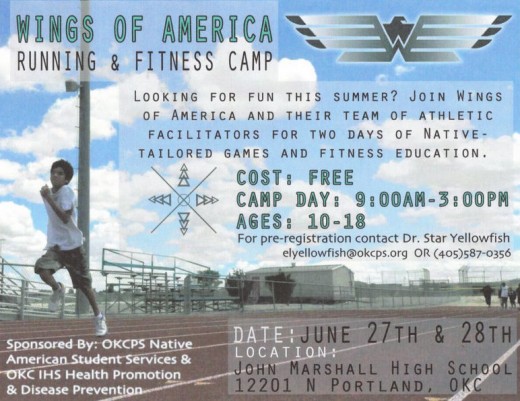
Lessons from Hurricane Sandy, Raising the Health Standards for Preparation
The fifth article “Lessons from Sandy: Preparing Health Systems For Future Disasters” discussed exactly what the title mentioned. This article looked at what went wrong and noted that throughout the country there needs to be a reevaluation of the placement of backup electrical generators. Throughout New York City, many backup electrical generators were in the basement where they were damaged and send many stressed patients into more overcrowded clinics that were understaffed. This begs the question, where should an electrical generator be installed? It suggested that maybe it could be on the roof with solar powering panels that’ll allow the generators to run continuously in the case of disaster. A revitalization of the state Prescription Drug Monitoring Program could help in identifying elderly, weak patients and their location and prescription medication in the event of a disaster. The revitalization would include adding location, active list of current drugs and system where ambulatory patients can obtain their medications in the case of a disaster as part of the state’s Prescription Drug Monitoring Program. Additionally the article suggested replacing aging critical infrastructure like electric grid, pipes in the subway system, and heating system can prevent deaths of thousands of people, especially in a city like New York.
The final article discussed the “Mental Effects of Hurricane Sandy” discussed the need to identify highly exposed and high-risk populations in the immediate aftermath. The article went on to define a high-risk group as women, children, elderly people, disabled, and first responders. The article states that the intensity of the exposure is often what leaves certain people unable to move on and cope with the outcome. The article suggested a strategy with five goals: promote a sense of safety, calming anxiety and decreasing physiological arousal, increasing self and collective efficacy, encouraging social support and bonding with others, and instilling hope to promote a sense of positive future. Those who needed further help could be treated with interventions like cognitive behavioral therapy (CBT).
Hurricane Sandy Mistakes
Conclusion
I think mental wellness is one of the most effective forms of health. The articles like the first one is what allowed many Americans to move on after 9/11 and not engage in vengeful or reckless behaviors like hate crime. And the hate crimes that did happen they are a small ratio compared to the majority of people who decided to engage in healthy healing through prayer and communication in which health was not only physical, but also mental well-being. I personally thought Oral health was a great component of disaster recovery and this was supported by the great success the Health program had in Haiti where it revitalized the health program there. The only thing I was a bit uncertain was the cooperation of international oral groups which may not always happen in the aftermath of a disaster. In the article about “lessons from Sandy”, I am a bit skeptical about the role government can effectively play in monitoring elderly drug use and identifying their location in post-disaster scenarios. First there is the danger of drugs falling into wrong hands, and secondly who’ll support the increasing cost on the taxpayer? Other than that I thought these articles provided a comprehensive look and great methods for reaching out to people to improve the individual health.
References
- Owens, D., Schieffler, D., & Kahn, M. (2011). Healing and Hope in the Midst of Devastation: reflections on Katrina in the Aftermath of September 11. Journal Of Religion & Health, 50(3), 477-480. doi:10.1007/s10943-011-9516-2
- Belfer, M. L. (2006). Caring for children and adolescents in the aftermath of natural disasters. International Review Of Psychiatry, 18(6), 523-528. doi:10.1080/09540260601048877
- Estupin-Day, S., Lafontant, C., & Acua, M. (2011). Integrating oral health into Haiti's National Health Plan: from disaster relief to sustainable development. Revista Panamericana De Salud Pública, 30(5), 484-489.
- Peate, W. F., & Mullins, J. (2008). Disaster preparedness training for tribal leaders. Journal Of Occupational Medicine & Toxicology, 31-5. doi:10.1186/1745-6673-3-2
- Redlener, I., & Reilly, M. J. (2012). Lessons from sandy — preparing health systems for future disasters. N Engl J Med, doi: 10.1056/NEJMp1213486
- Neria Y, Shultz JM. Mental Health Effects of Hurricane Sandy: Characteristics, Potential Aftermath, and Response. JAMA. 2012;():1-2. doi:10.1001/jama.2012.110700.
Cite This Page
MLA Format
Soman, Stanley. "Health Promotion in the Aftermath of a Disaster." ExpertsColumn on HubPages. HubPages, 10 Dec. 2012. Web. 29 Dec. 2012(Replace this date with the date of your access). <http://expertscolumn.hubpages.com/hub/Health-Promotion-in-the-Aftermath-of-a-Disaster>.
APA Format
Soman, S. (2012, December 10). Health Promotion in the Aftermath of a Disaster.ExpertsColumn on HubPages. Retrieved December 29, 2012(Replace this date with the date of your access), from http://expertscolumn.hubpages.com/hub/Health-Promotion-in-the-Aftermath-of-a-Disaster


